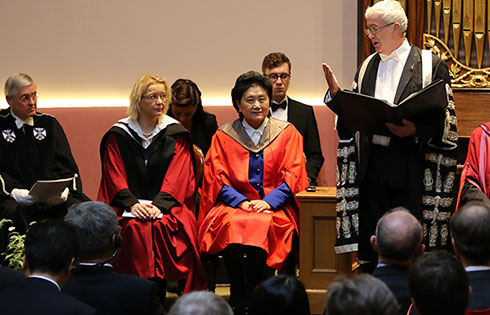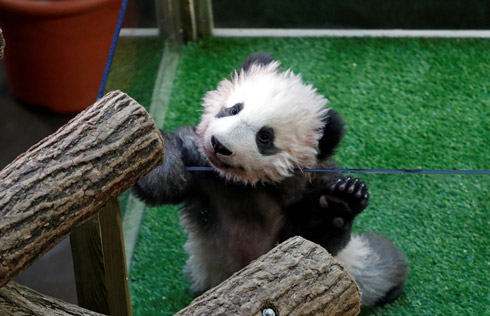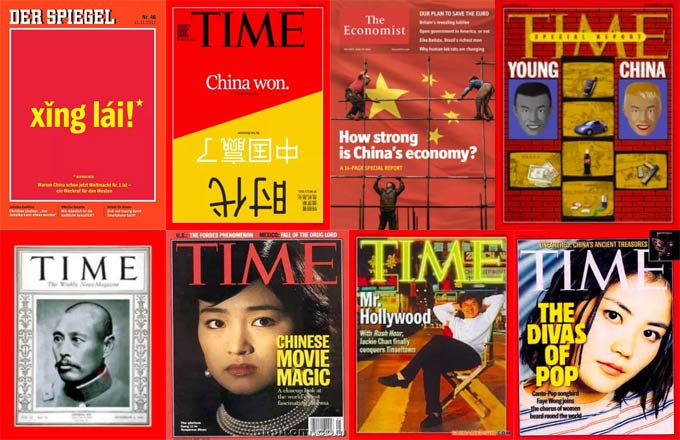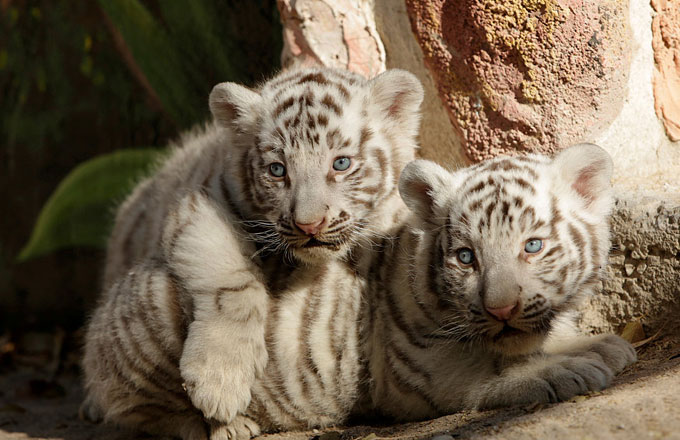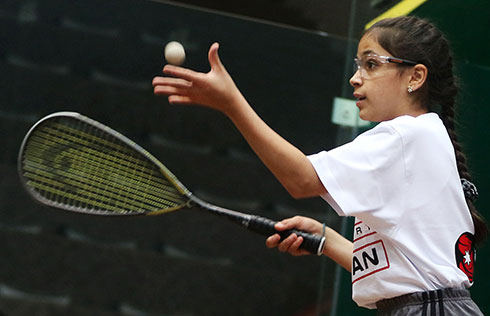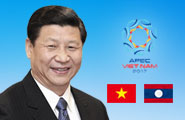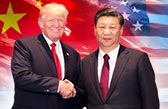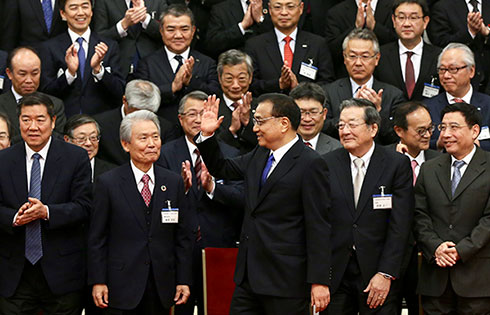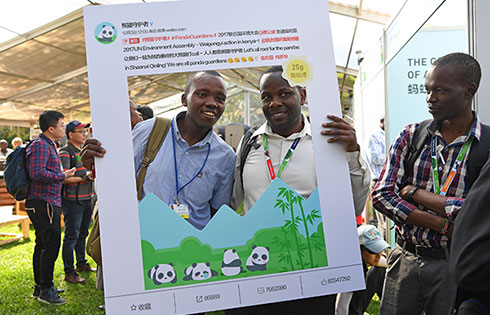Japan's military mindset resurrected
Setting the agenda
The shrine is not just about the hijacking of history; it is about setting the agenda.
It is about keeping the flame of militarism alive. Sadly, and shamefully, it is working.
The Japanese Prime Minister Shinzo Abe, a nationalist who wants to revise Japan's pacifist constitution to give its military a bigger role overseas, voiced support this year for altering a 1993 apology issued by the then chief Cabinet secretary, Yohei Kono, for the forced recruitment of the so-called "comfort women".
In 1995, the then socialist prime minister, Tomiichi Murayama, issued a more general expression of remorse over Japan's wartime conduct.
The Education Minister Hakubun Shimomura wants to scrap this apology.
Abe recently questioned whether Japan's wartime conduct in Asia could be described as aggression. Asked in parliament if he would consider revising the Murayama statement, he replied, "The definition of what constitutes aggression has yet to be established in academia or in the international community.
"Things that happened between nations will look differently depending on which side you view them from."
Total, absolute and utter nonsense.
It is worthwhile contrasting the situation with that in Germany. A German denying the Holocaust would be ostracized and face criminal charges. A Japanese minister admitting the Nanjing Massacre would be shunned and his career over.
The museum adjoining the shrine is an insult to humanity.
It refers to 1,068 tried for war crimes after World War II as "martyrs," who were "cruelly and unjustly tried by a sham tribunal of the allied forces (the international court) of the US, England (sic), Netherlands, China and others. These martyrs are also the kami of Yasukuni."
It adds that "Japan's dream of building a Great East Asia was necessitated by history and was sought after by the countries of Asia". The Japanese referred to their part in World War II as the Struggle for the Great East Asia Co-Prosperity Sphere, but assertions that is was necessary and popular in the region are complete claptrap.
In a denial that is criminal both in intent and fact, the shrine's propaganda adds that the "comfort women" - women forced into sexual slavery to satisfy Japanese soldiers - were not coerced "by the Japanese empire".
You can also see a depiction of the battle for Tokyo Bay. Except there wasn't one. Myth.
There is a reason why Japanese children know so little about their country's past, and why the Nanjing Massacre is barely mentioned let alone acknowledged.
Yasukuni is an expression of the forces at work that deny Japan's military aggression and want to shape a different, more belligerent future. It is not just a shrine, looking at the past through a militarist prism; it represents a lurking threat. A clear and present danger.
Its influence is working. Look at the Japanese Cabinet.
Thirteen members support Nihon Kaigi, a nationalist think tank that rejects what it terms Japan's "apology diplomacy" for its wartime misdeeds.
When a Cabinet member says that Tokyo could learn about constitutional reform from the Nazis to carry out a massive program of rearmament under the radar, as Deputy Prime Minister Taro Aso did earlier this month, then the influence of Yasukuni is undeniable.
Yasukuni wants Japan to dramatically change direction. If the emperor, or any emperor, crosses the road, they will have succeeded.
Contact the writer at cliffordtomsan@hotmail.com
- China, S Korea condemn Japan over war shrine visit
- Should Japanese politicians visit Yasukuni shrine?
- China summons Japanese ambassador over shrine visit
- Japan's Abe sends offering to war shrine
- Two Japanese ministers visit Yasukuni shrine
- Abe rules out visit to Yasukuni shrine
- Abe rules out visit to Yasukuni shrine






